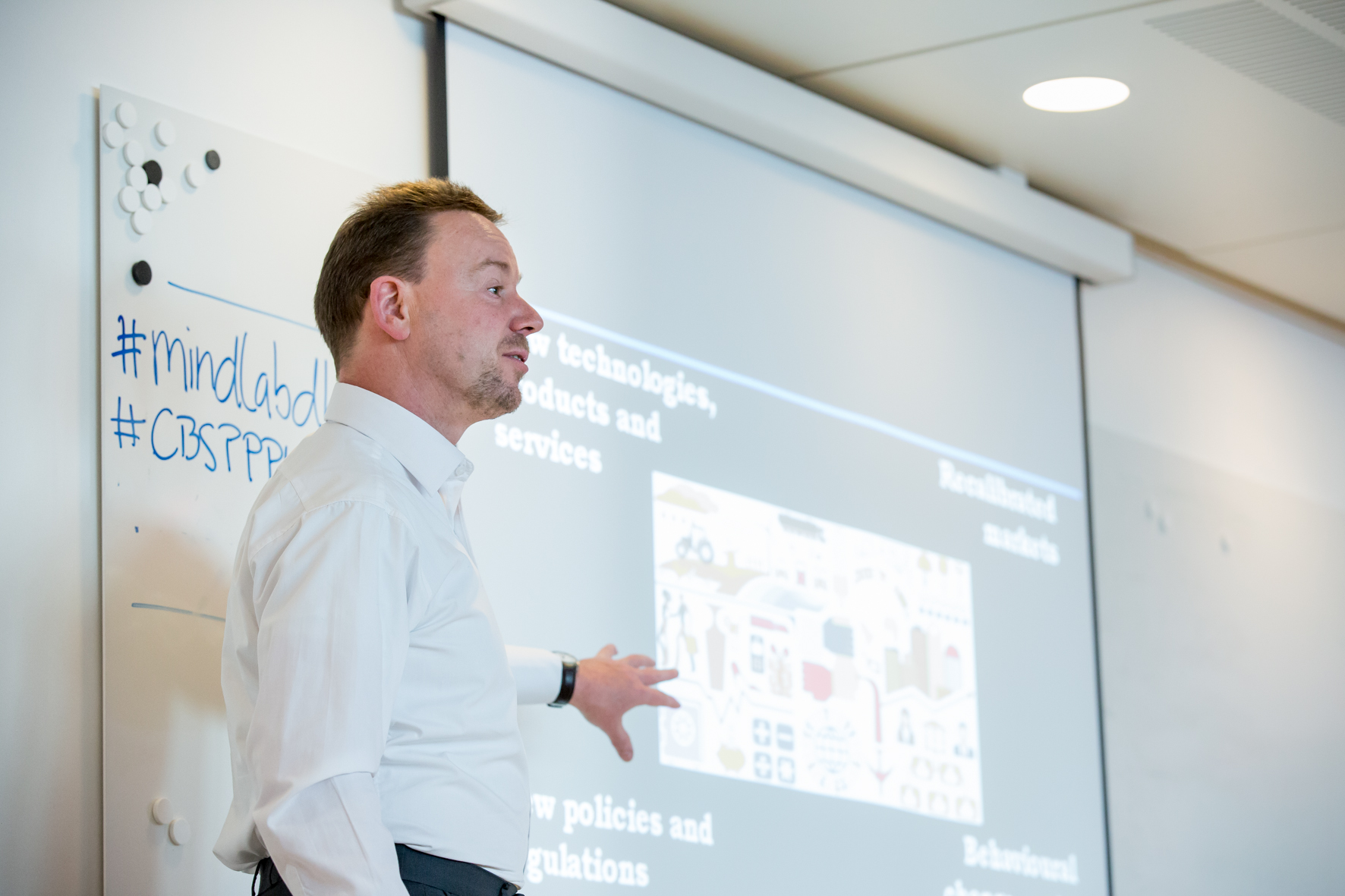Geoff Mulgan: How to cope with a dysfunctional public sector

Mulgan shed light on current challenges in public sector innovation. Taking his point of departure from existing challenges due to a stagnant economy, market regulation, austerity, climate change etc., Mulgan addressed the question of what relation it brought to systems and to system changes, asking: Do we need to change our mind-sets to cope with current challenges, instead of only changing models? And if how can we crystallize this?
He exemplified the problem referring to the situation of health. He showed a graph, which illustrated the tendency that the increasing investments in health does not lead to declining deaths—but actually increases death in the health sector. His argument was that the more we increase spending, the worse we sometimes do. A system like that can be explained as a public system which is dysfunctional. According to Mulgan, many public systems are fundamentally dysfunctional. And by facing the fact that the more money we invest in a system, the worse it gets, a bell rings and make us think: How do we cope with these challenges? Mulgan suggested we needed a welfare state that was inspired by the way business systems relate to innovation. We rarely see public organizations that take this form, he argued.
Policy into practice, the main theme of the Collaboratory Week, also stood out as a key focus in Mulgan’s talk. He asked how we can combine policy ideas and implementation or experience and evidence, answering his own question by suggesting that a good model for the public sector is one that creates creativity, one that is focused on experiments, but at the same time one that takes evidence seriously. Mulgan underlined that evidence can help create momentum, and that this momentum can work as a validation for the argument of removing existing models that don’t work. Taking away what is “normal” is often the hardest thing to do.
Watch Geoff Mulgan elaborate on the above in this video.